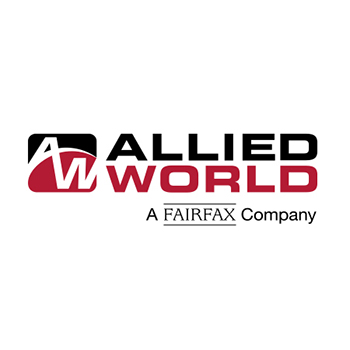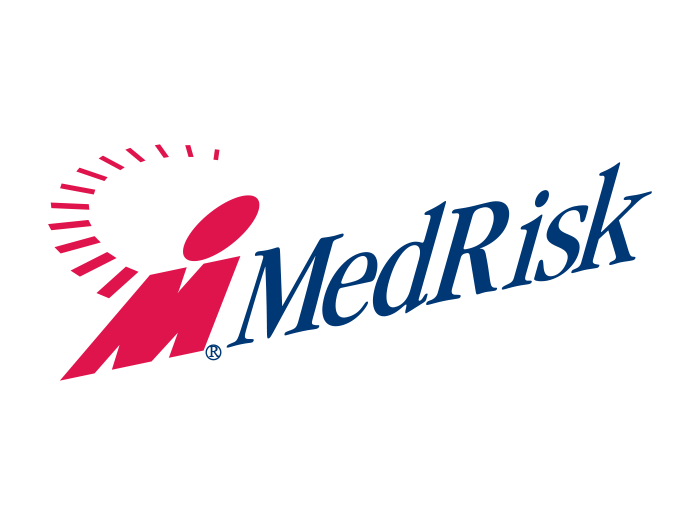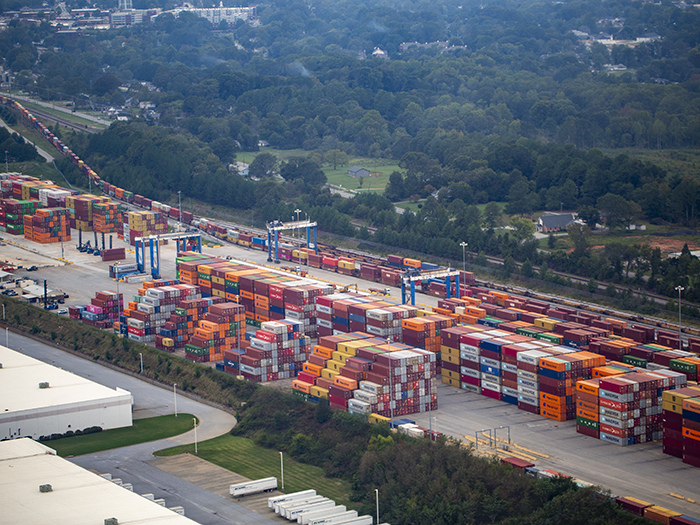Risk Scenario
Cut and Run
Disclaimer: The events depicted in this scenario are fictitious. Any similarity to any corporation or person, living or dead, is merely coincidental.
PART ONE: A GREAT TRADITION
Cisler Sweets is a name that for generations has evoked good feelings throughout the state of Wisconsin, the American Midwest, and most recently, the area surrounding Winnipeg, Canada.
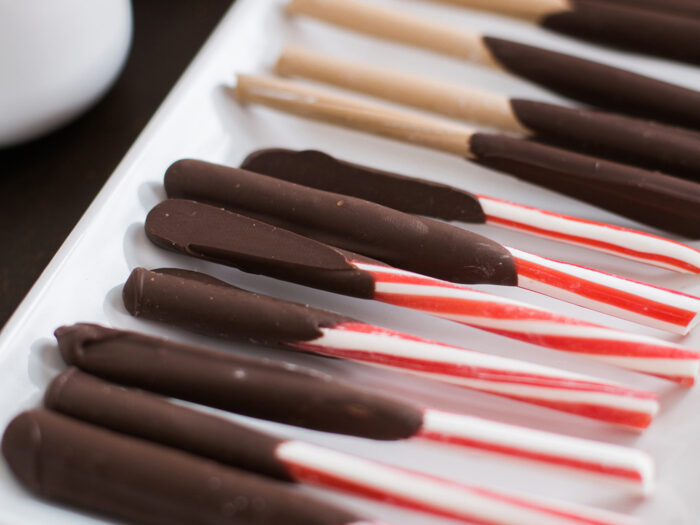
The company sells chocolates and other confections in roadside diners, family restaurants, and a host of grocery store chains.
A mere glimpse of the company’s iconic paper boxes, with their colorful cursive lettering and pastoral illustrations, is enough to prod a hungry child to plead with their parent to pick up a box.
In certain households, giving a box of Cisler Sweets chocolates, especially their most popular chocolate covered candy cane treats (sold only during the holiday season), is as much of a tradition as a roasted turkey, a lighted menorah, or a Christmas tree. Those shiny, red-and-white-striped peppermint candy canes, bathed in Cisler Sweets chocolate, evoke childhood memories for many
Midwesterners.
With sales in excess of $25 million annually, through the steady efforts of its current management team, the closely held, family-run company has also tapped a steady revenue stream selling chocolate syrup for milk shakes to franchise holders of local fast-food chains. A few years back, the company also introduced a syrup that includes ground up candy canes for flavoring during the holidays, which also proved to be very popular. Between in-roads with the Canadian market and the overwhelming success of this added holiday syrup, the folks at Cisler Sweets have been riding high.
Harry Cisler, the company founder, always had a good story to tell. He often boasted that his chocolate came from the butter fat richness of milk from Wisconsin cows. A proud American, he insisted that his ingredients be 100% from domestic sources. But Harry never had to face a pandemic or the business challenges that came with it. And Harry is no longer around to run the company his descendants inherited.
PART TWO: INFLATION REALITIES CREATE DIFFICULT DECISIONS
The pandemic and high inflation that followed made everything more challenging. The management team at Cisler Sweets was forced to confront skyrocketing shipping costs, increased prices for their ingredients, and demands from their workforce to raise wages.
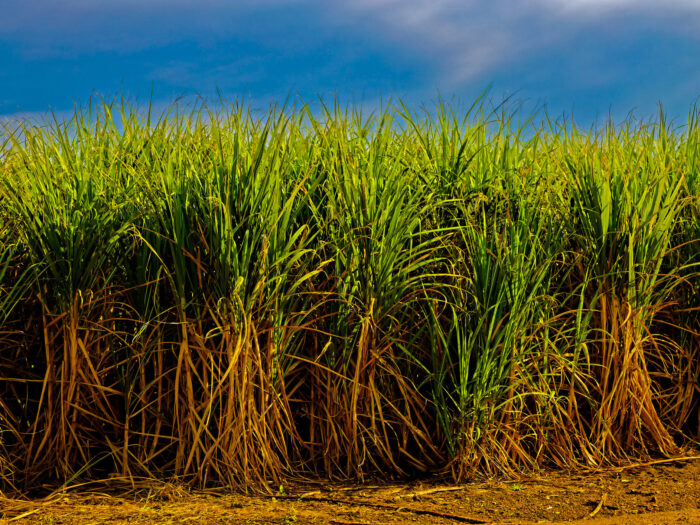
“This is just not working,” said Renny Cisler, the grandson of Harry Cisler, who took over the reins of the business from his father Harry Jr. in early 2009.
“We’re either going to have to cut costs or raise prices,” said Jeanine Herbst, the company’s CFO, who had 12 years’ experience with the company.
“I just don’t want to do that, raise prices,” said Renny Cisler, well aware of how cost-conscious so many of his Midwestern customers were.
Cisler pored over industry trade publications and their websites until he came across an interesting nugget of information. A supplier in Ghana, in West Africa, was said to produce candy canes that were a perfect taste fit for the U.S. market at half the cost of Cisler Sweet’s current supplier in Ohio.
A team from Cisler flew to Ghana, inspected the plant, and determined that the candy company there could in fact, produce an equal product for half the cost. The team returned triumphant to Wisconsin believing that they had successfully solved the challenge of keeping the cost of their most popular product to pre-pandemic pricing levels.
Renny Cisler was initially relieved that he had struck on the answer to the company’s sourcing cost issues. But Ghana is a long way from Wisconsin, and not everything about the deal was resting easy with Cisler.
As expected, the candy canes from Ghana were received on schedule at Cisler Sweets candy plants in Wisconsin and production and distribution of the chocolate covered treats and syrups continued.
With Renny Cisler, Jeanine Herbst and others, keeping a close eye on operations, the production of Cisler’s trademark candy appeared to be proceeding as normal.
Except these candy canes weren’t ‘normal.’
It turns out that the Ghana candy manufacturer found itself a bit overwhelmed by the volume of this new order and sourced additional sugar cane from a local farmer. That farmer’s field had previously been exposed to high levels of leaded pesticides. The sugar cane coming from this third party was poisoned with lead.
PART THREE: NOT ALL CANDY IS SWEET
On December 5th and 6th, a pediatric group in suburban Grand Ledge, Michigan noticed unusual common symptoms involving three young children who had attended a family holiday gathering the previous Sunday. Blood tests were administered and rushed results confirmed increased and alarming levels of lead. This information was sent electronically to the Michigan Health Alert Network.
Also on December 5th, a pediatric practice in Milwaukee noted a similar case of unusually high concentrations of lead in a young child. This information was passed along to the Milwaukee Health Department. The following afternoon, a pediatric practice in Gary, Indiana encountered a similar situation, and alerted their local Department of Health.
On December 7th, the FDA’s Coordinated Outbreak Response & Evaluation (CORE) Network was first alerted by the Wisconsin Department of Health Services. In rapid succession, authorities in Michigan and Indiana passed along the reports which they’d received electronically. The CORE Signals and Surveillance Team investigation commenced that afternoon.

Within weeks, investigators were linking these high levels of contaminant to holiday candy canes sold by none other than Cisler Sweets.
“You’ve got to be kidding me,” Renny Cisler said when confronted with the reports from state regulators presented to him by Jeanine Herbst and other members of the executive team.
Jeanine’s response was compassionate, but firm.
“No Renny, we’re not kidding.”
Renny let his glance ride up his office wall to a framed a picture of his grandfather Harry in a Santa Claus outfit surrounded by admiring children holding candy canes. Renny himself was one of the children in the photograph.
Perhaps it was the pull of nostalgia, perhaps it was the pain of present circumstances, but Renny Cisler felt his eyes misting over.
PART FOUR: INADEQUATE COVERAGE
As a result of the lead discovered in their candy, Cisler Sweets undertook a product recall that had grievous impacts on its reputation and its bottom line.
Illness? Willfull contamination? How could all of this happen to one of the most beloved brands East of the Rockies? Some Wisconsin grandmothers actually shed tears over the calamity.
After the news broke and with the product recall in full swing, Renny Cisler attended the annual holiday charity party hosted by his hometown’s local Chamber of Commerce.
Most Midwesterners are polite and don’t raise their voices in public places. But the disappointed and, in some cases, accusatory glances of his fellow Chamber members told Renny Cisler all he needed to know. His once solid standing in his community was severely diminished.
Adding insult to injury, the Canadian government announced that children there too had experienced instances of lead poisoning, and an investigation there was also underway.
Cisler Sweets held product recall coverage that was structured with a $50,000 retention and a $2 million limit. But unfortunately for the company, their coverage plan was inadequate.
The cost of recalling all of its cannisters of chocolate syrup from its fast food customers and its candies from the shelves of regional grocery stores, combined with the lost sales from the contamination incident ran closer to $2.5 million.
Cisler Sweets is looking at an uninsured loss of $2 million and that doesn’t even begin to take into account loss of future sales and reputational damage. You can bet franchisees for national fast food chains will have cold feet when it comes to dealing with Cisler Sweets in the future.
In early January, Renny Cisler called his management team together, eager to move ahead and put the $2 million hit to their balance sheet behind them. “Ok team,” he said. “What are our next steps?” &
![]()
Risk & Insurance® partnered with Allied World to produce this scenario. Below are Allied World’s recommendations on how to prevent the losses presented in the scenario. This perspective is not an editorial opinion of Risk & Insurance.®.
The catastrophic loss experienced by Cisler Sweets is emblematic of many Product Recall losses. Often, manufacturers are so confident in their due diligence with suppliers that they don’t anticipate changes that can occur on the supply side, especially third parties not within their control. Additionally, this confidence often informs their decision to select lower limits or higher retentions – a costly gamble should circumstances go awry.
Manufacturers in the Food & Beverage industry should consider the following when selecting product recall coverage:
- First-party coverage that includes protection for product recall expense, accidental contamination, adverse publicity, government recall, product extortion, and malicious contamination.
- Third-party coverage that includes damage to the third-party’s product and brand/ reputation, the third-party’s business interruption costs, and their recall-related defense costs.
- First- and third-party coverage that also considers business interruption, rehabilitation expenses, replacement costs and consultant costs.
- A carrier, like Allied World, that provides clients with Incident Response services. For example, Allied World insureds gain 24/7 access to a toll-free hotline for advice and support from seasoned crisis specialists.
Product recall and contamination continues to be a leading concern for risk managers within the Food & Beverage industry. It’s important to have solid coverage in place, as well as a seasoned carrier that can provide invaluable guidance, should a significant crisis occur.
Coverage will be underwritten by an insurance subsidiary of Allied World Assurance Company Holdings, Ltd, a Fairfax company (“Allied World”). Such subsidiaries currently carry an A.M. Best rating of “A” (Excellent), a Moody’s rating of “A2” (Good) and a Standard & Poor’s rating of “A” (Strong), as applicable. Coverage is offered only through licensed agents and brokers. Actual coverage may vary and is subject to policy language as issued. Coverage may not be available in all jurisdictions. © 2024 Allied World Assurance Company Holdings, Ltd. All rights reserved.

